
November 21, 2016David Linley, the son of Princess Margaret and nephew to Queen Elizabeth II, is also a designer, furniture maker and owner of his namesake store, Linley. Top: An exterior view of the newly revamped shop, on Pimlico Road in London.
Are you him?” asks a visitor to Linley, the immaculate interiors store on London’s Pimlico Road. A shop assistant looks mildly bemused. Then he smiles at the man who posed the question. “No, I’m not him,” he says. “He is over there.”
The pronoun suffices. The “him” in question is David Linley: furniture maker, designer, visionary, pragmatic businessman, nephew to Queen Elizabeth II and, at this moment, extremely busy shopkeeper. Linley’s namesake store is about to officially celebrate its just-finished interior revamp, and the man himself is casting a careful eye on every display, while still finding time to chat with shoppers. “It’s really comfortable, isn’t it?” he says to a woman who is trying out a sofa. “I don’t dare sit down.”
“There’s not a lot of sleep going on at the moment,” he remarks later over coffee in a quiet upstairs area that now displays Linley’s bespoke designs. An exquisite cabinet and jewel box, inspired by tile patterns in the Arabian Gulf and made of intricate wooden marquetry in sapphire blue and gold, stands nearby, as does a copper-backed, leather-lined armchair of gloriously generous proportions.
“This used to be the workshop,” Linley explains, looking momentarily wistful. “But it was felt to be a waste of good display space.”
The workshop is where Linley, 55, has always liked to be. The son of Princess Margaret, the queen’s late younger sister, and the photographer Antony Armstrong-Jones (later Lord Snowdon), he grew up in Kensington Palace and played with his cousins at Buckingham Palace but was never far, he says, from “the spirit of making and creating things.”

Hanging against the back wall is a triptych of Linley Skyline skateboards, made of bubinga and each laser-etched with a different section of the London skyline.
One of his earliest memories is of his father welding a desk in the basement. “I must have been about five, and I remember going to the workshop in my dressing gown and being so excited to see something being made,” he says. “I later had a lot of exposure to that, because both parents, for different reasons, went round factories and met designers. My sister Sarah and I could find ourselves having lunch with Zandra Rhodes but also seeing factories producing bicycles, and through my mother, we’d see the Royal Army and Navy workshops making things. Those were big influences.”
His environment also played a part. His maternal grandmother, the queen mother, would take him round the royal residences, pointing out beautiful pieces of furniture and encouraging him to notice the detail and craft of the design. His great-uncle on his father’s side was the designer Oliver Messel, who created sets for the Royal Ballet, which he would sometimes be taken to watch in class and rehearsal.
At 8, Linley went to boarding school in Oxfordshire and received further inspiration from a teacher “who encouraged naughtiness and experimentation. We made steam engines and cars and things that blew up. We were always making balsa-wood models of things and getting high on the glue,” he says with a laugh. But it was when he went to Bedales, a progressive country high school that emphasizes crafts, the arts and outdoor life, that he started to make things for himself, going to its studio on weekends to fashion pots and sculptures and practice his carpentry.

The Savile modular L-shaped sofa, which is upholstered in charcoal gray bouclé, is paired with the Savile oak coffee table. Both pieces were designed by Matthew Hilton for Linley.
After finishing at Bedales, he bucked family tradition by going to a woodworking school in Dorset rather than to an exclusive university or into the military. “The school, Parnham College, was run by John Makepeace, who was a huge influence, because his whole ethos was to teach you how to make things properly,” Linley says. “I learned so many skills — veneering, bodging, marquetry — and I also realized that I was really interested in design. It wasn’t enough just to have the craft. You had to be able to use it to make beautiful things.”
In 1979, when he was 21, Linley and his friend Matthew Rice took the bold step of opening a workshop where they could experiment. “We were in a tiny town in Surrey, over a fish and chips shop next to the station, but it was dirt cheap, and we had no overhead,” Linley says. “It was great. We did what we liked. I started working with marquetry, using color, which no one else seemed to be doing. And we started making large screens, which everyone seemed to like. Suddenly I was off to America to exhibit, and there was demand for our work.”
One day, he recounts, a customer (who happened to be Miriam Stoppard, the wife of the playwright Tom Stoppard) told him he needed a shop to display his work. In 1985, he and Rice opened what he calls a “tiny” store at the unfashionable end of the King’s Road in Chelsea. His mother and other family members came to the opening party, where Roy Strong, who at different points in his career served as the director of the Victoria & Albert and the National Portrait Gallery, made a speech, calling the furniture “the antiques of the future.” It was an auspicious beginning, and Linley’s identity as a member of the royal family undoubtedly helped to publicize the work.

Ebury Tray side tables, composed of removable leather trays on oak bases, sit below a table holding jewel-toned Moser vases.
From the start, Linley (the man and the store) has specialized in bespoke design for individual clients, creating beautifully crafted pieces that combine a formal architectural quality with a streamlined modernity, often deploying intricate marquetry, witty detail (hidden drawers and compartments are a favorite) and unusual finishes.
Although the business struggled through a recession in 1987, he was able to move to the larger Pimlico Road space in 1993, expanding into the two neighboring shops three years later. There, his team of designers and carpenters create and show furniture and objects that are both classic and quirky. “I sort of vacillate between very modern and the ancient,” Linley says when asked about his style. “I am still blown away by the modernity of classicism. The Doric column is pretty perfect, never ages and constantly pleases the eye.”
The shop is filled with exquisitely crafted furniture and covetable objects — a gorgeous cocktail box with classic cocktail recipes etched on a mirror, a trompe l’oeil jewelry box, a humidor with an undulating lid sporting the British flag (or any other flag a customer requires). These pieces frequently contain unexpected elements: a secret door, a hidden receptacle for a key, a tray that slides out of a safe. “I’m always asking the designers,‘How can we make this more fun?’ ” Linley says.
He stresses that although he provides overall guidance, he gives free rein to his team of designers (six, working with four production heads) and that an interior design department of six can provide the additional service of acquiring art, books and other objects. (For those purposes, Linley’s position as honorary chairman of Christie’s auction house in Europe, the Middle East, Russia and India comes in handy.) Coinciding with the reopening of the store is the introduction of a brand-new furniture line from the designer Matthew Hilton that offers elegantly sleek modular couches, storage systems, dining room tables and chairs and other pieces at about a third of the cost of the Linley collections.
“It’s the first time we’ve really embraced the idea of utilizing someone who is proficient at designing something really good to a price,” Linley says, adding that the Hilton line was the brainchild of Carmel Allen, the store’s creative director.
“It’s pretty exhausting, what we do,” he remarks cheerfully. “You have to think of so many things. The design and strategy, the making and product selection, and the clients and interior designers. But we have always been at the vanguard. We were one of the first to have a website when everyone said luxury is not online. But, of course, it is. I’m always trying to think ahead of everybody else. I’m often in meetings where advisers say, ‘Oooh, I wouldn’t do that.’ But if I had ever taken sensible advice, I wouldn’t have done anything at all.”
Shop David Linley on 1stdibs

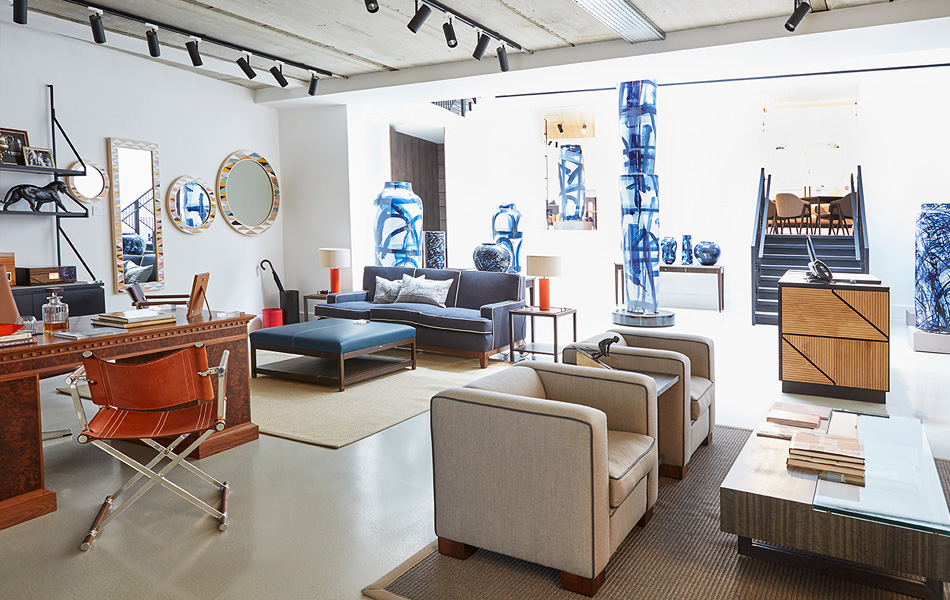



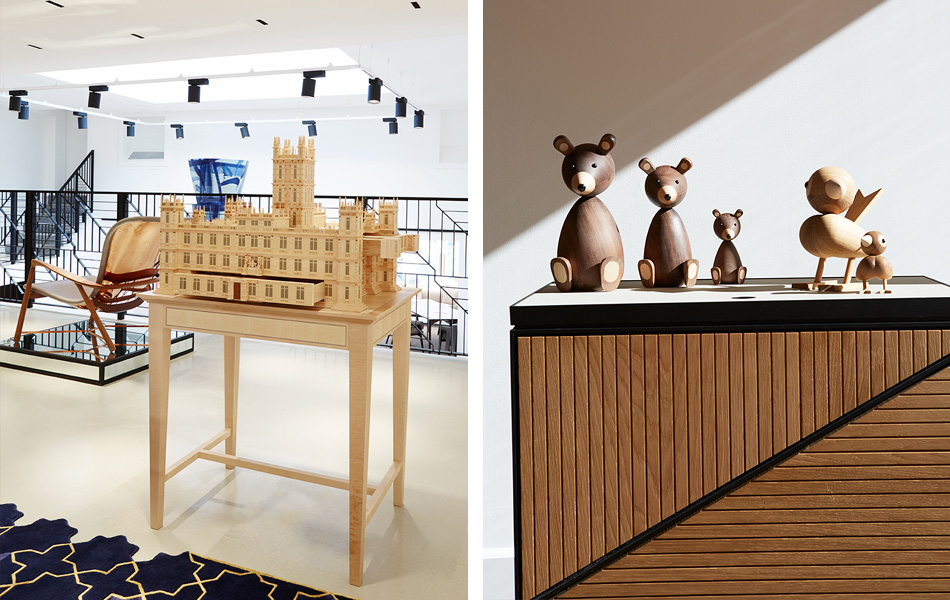

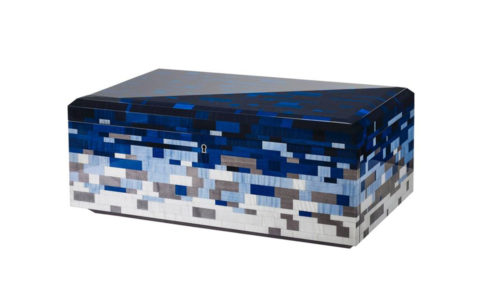
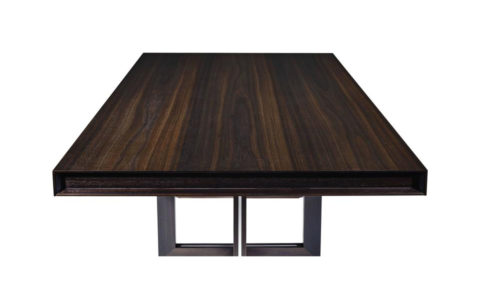
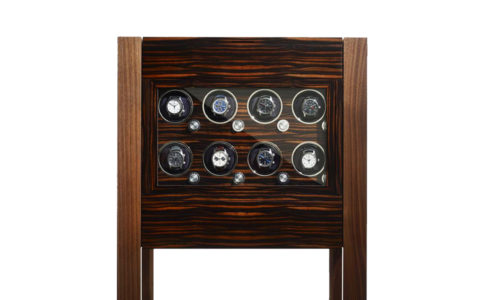
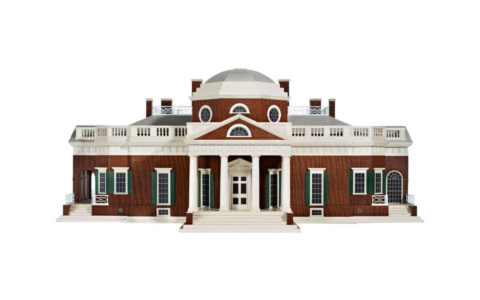
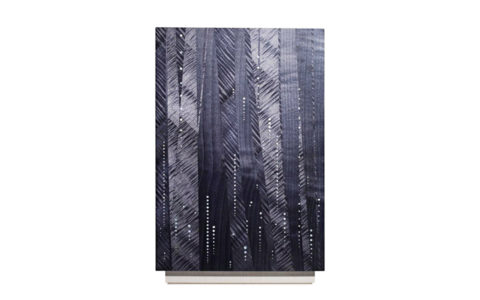
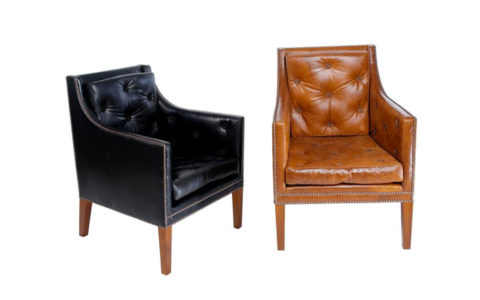
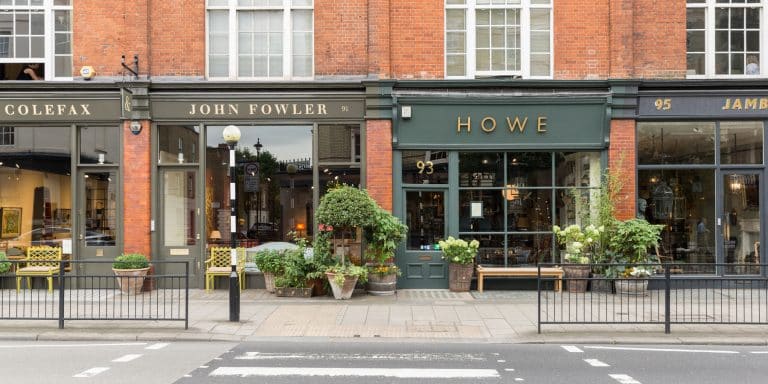
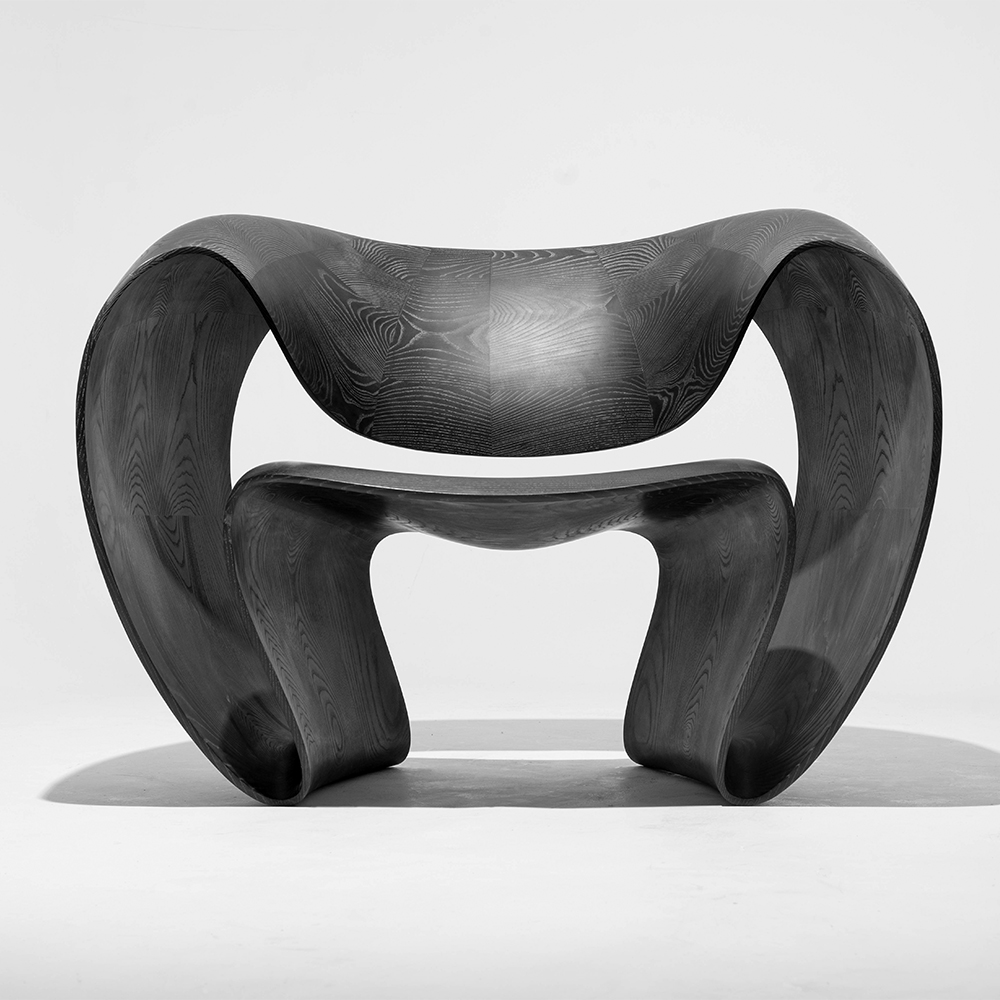
“The process of creating this chair was fascinating — we carefully studied the original used by Vice Admiral Horatio Nelson aboard the HMS Victory and recreated it with the help of the Greenwich National Maritime Museum. I have a pair at home and they’re extremely comfortable.”